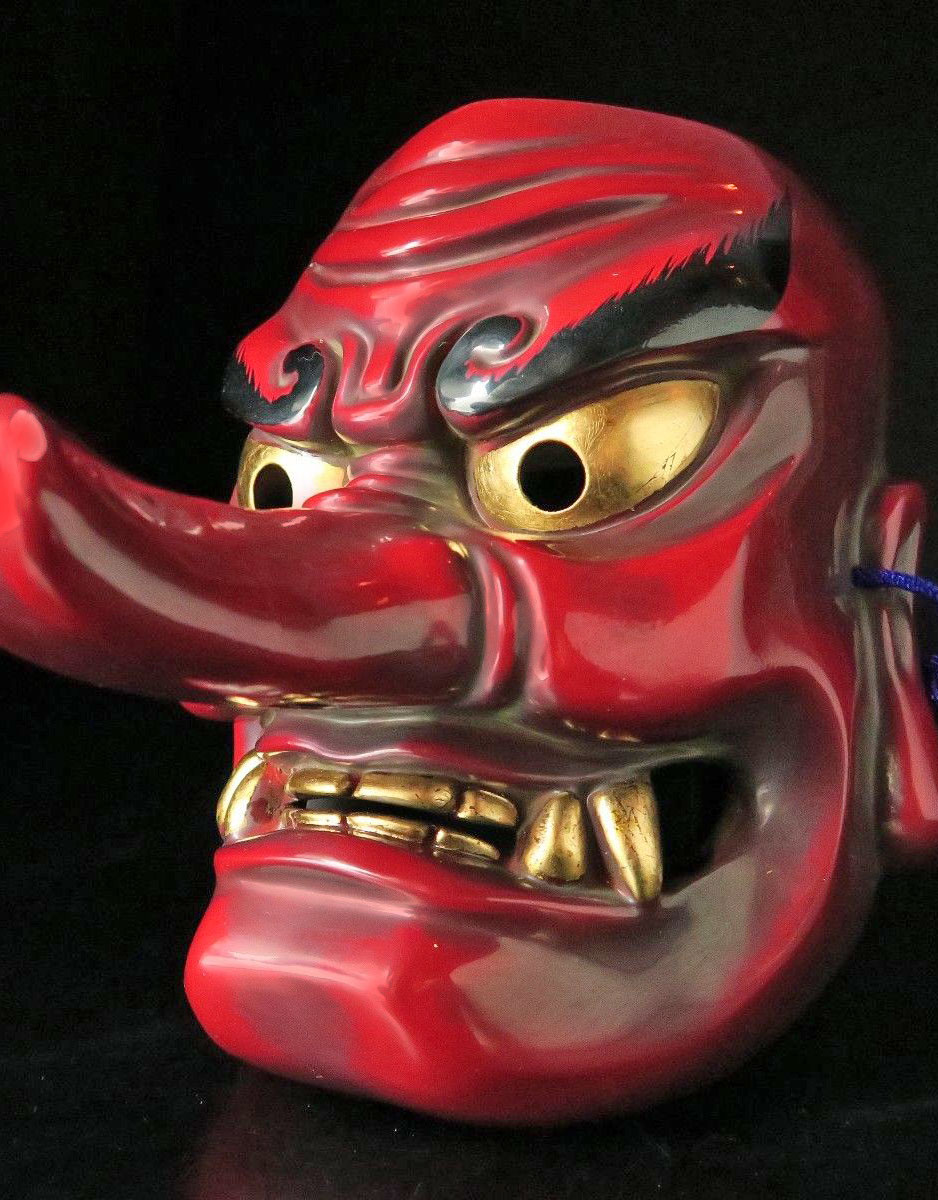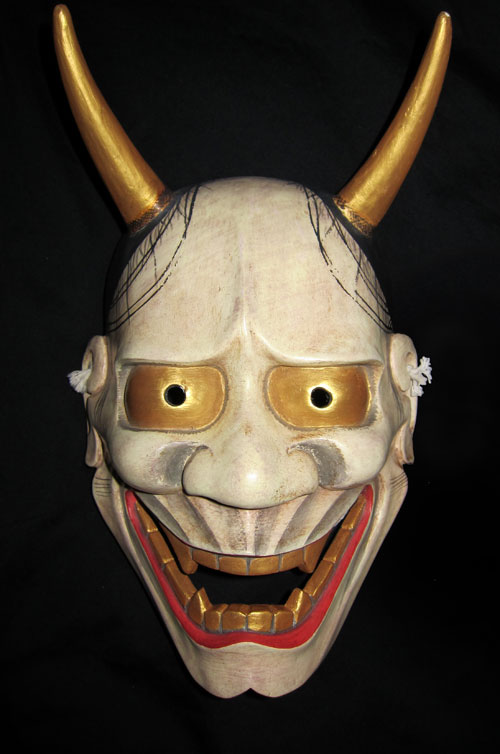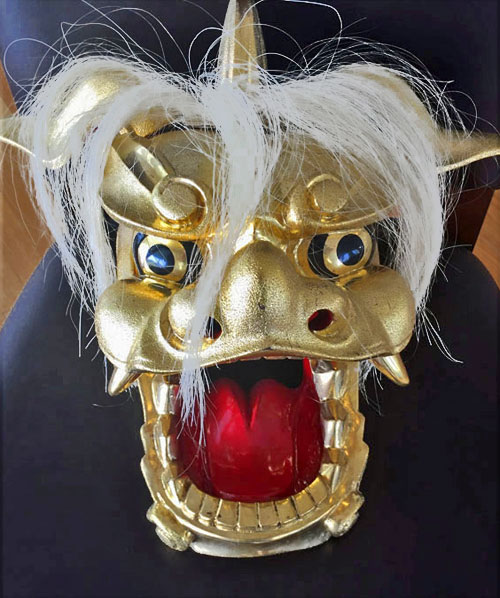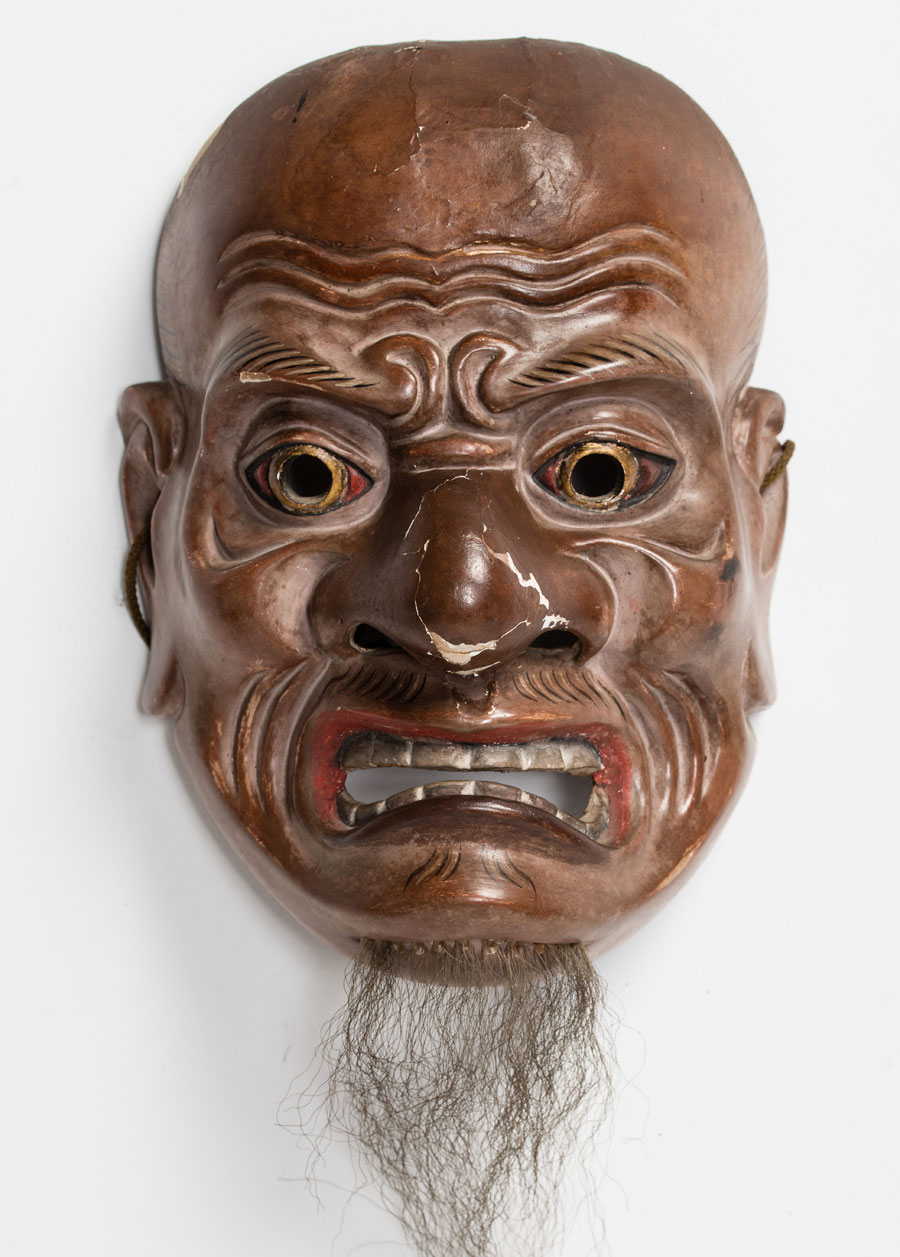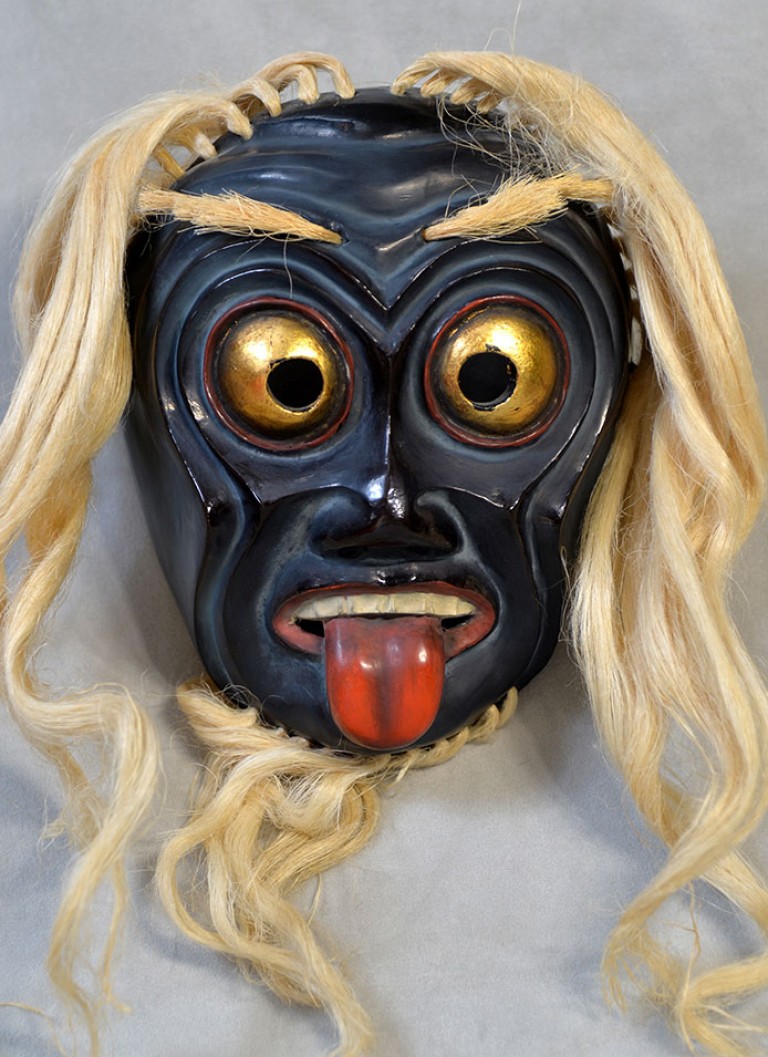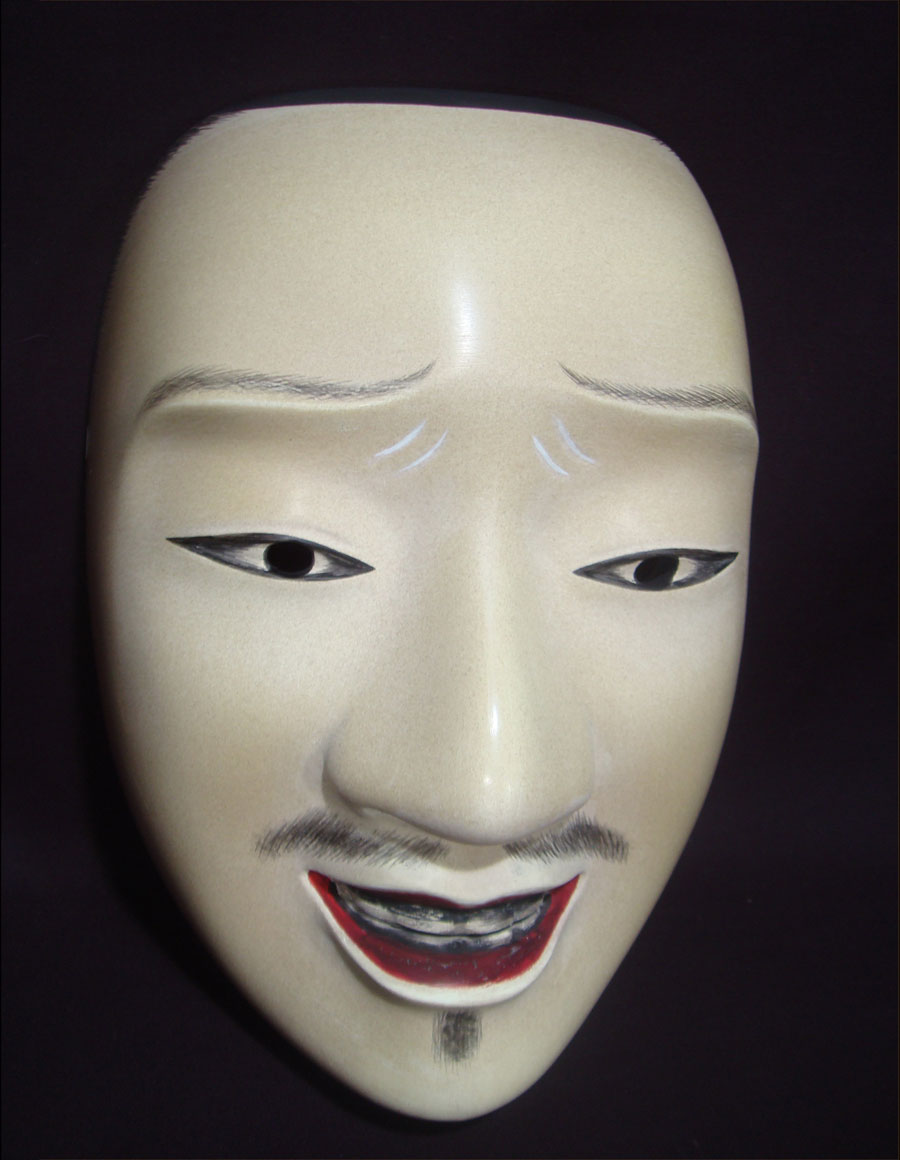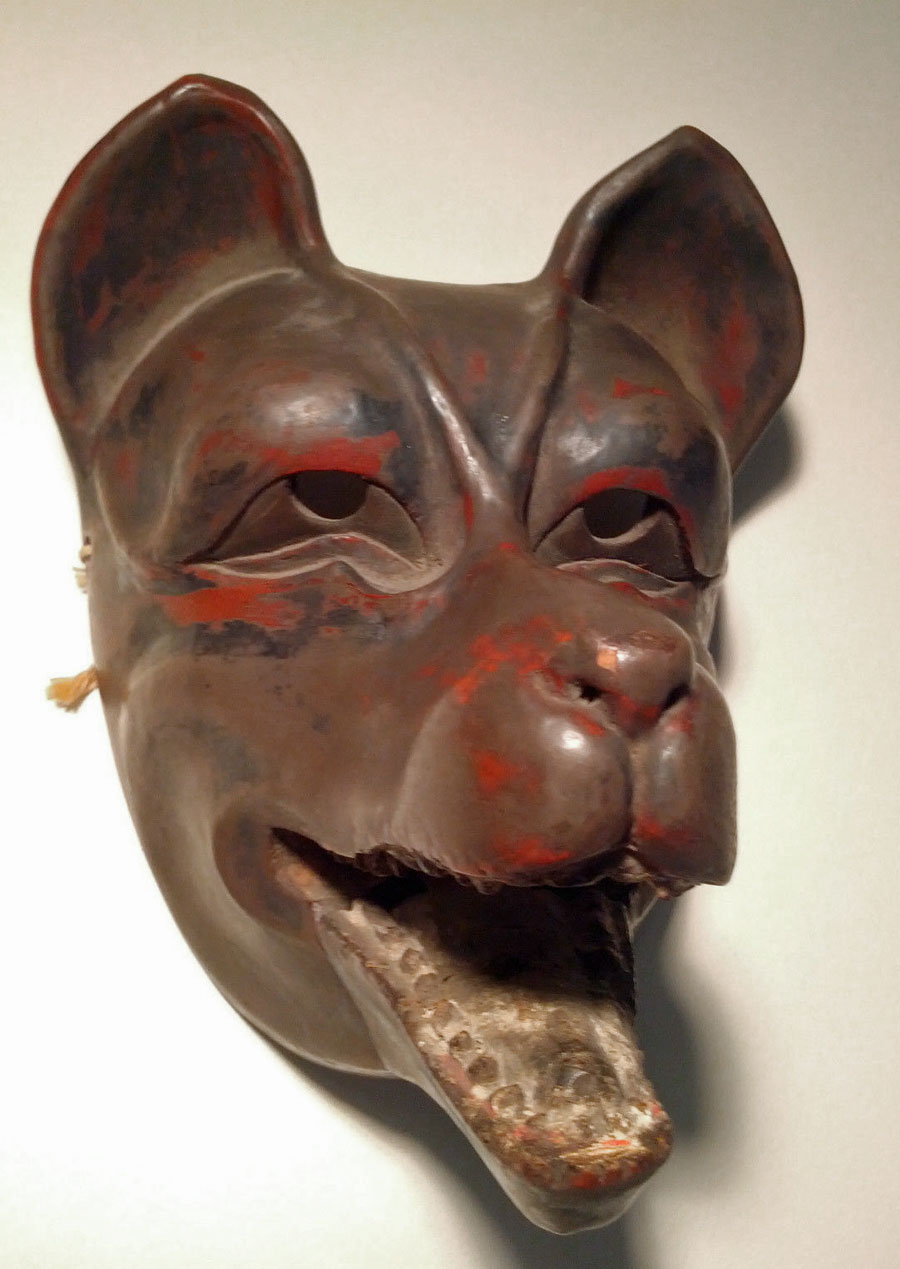Japanese Masks
The Enchantment of Japanese Masks: Delving into the Cultural Heritage and Artistry of Japan
Japan, a country with a rich history and unique cultural identity, has long captivated the world with its art, traditions, and customs. Among its many cultural treasures, Japanese masks hold a special place, reflecting the country's religious beliefs, folklore, and theatrical practices. The art of mask-making in Japan, embodying a blend of craftsmanship and symbolism, has resulted in highly desirable and collectible masks, appreciated not only for their aesthetic appeal but also for the cultural significance they represent.
Traditional Japanese Theater
One of the most significant roles of masks in Japan can be found within the realm of traditional theater. Noh and Kyogen, two of the country's oldest and most revered performing arts, heavily rely on the use of masks to portray various characters, emotions, and stories. These masks, meticulously crafted from wood or paper, showcase the skill and artistry of Japanese mask-makers, who have passed down their techniques through generations. The intricate designs and detailed expressions of the masks allow performers to convey the depth and nuance of each character, engaging audiences and immersing them in the world of the performance.
Folklore and Mythology
Japanese masks also serve as a gateway to the country's rich folklore and mythology. The Tengu and Hannya masks, for example, are both deeply rooted in Japanese legends and religious beliefs. Tengu masks depict supernatural beings, often portrayed as bird-like creatures with long noses, who inhabit mountainous regions and are considered both protectors and tricksters. Hannya masks, on the other hand, represent a demonic female figure whose intense jealousy and rage have transformed her into a fearsome, supernatural being. These masks not only bring to life the fascinating tales of Japanese mythology but also provide a glimpse into the belief systems and values that have shaped the culture.
Religious Significance
Japan is a country with deep religious roots, primarily influenced by Buddhism and Shintoism. Masks play an important role in various religious ceremonies and festivals, serving as a means to connect with the spiritual world. Kagura, a traditional Shinto dance, utilizes masks to represent gods, spirits, and mythical creatures, while certain Buddhist rituals also incorporate masks to personify various deities and divine beings. These masks, infused with spiritual symbolism, are an essential aspect of Japanese religious practice, bridging the gap between the human and the divine.
Japanese masks, with their intricate craftsmanship, profound symbolism, and cultural significance, are highly desirable to collectors, art enthusiasts, and cultural historians alike. As a testament to the unique heritage and identity of Japan, these masks provide a fascinating insight into the country's traditional theater, folklore, and religious beliefs. By appreciating and celebrating the art of Japanese masks, we not only help to preserve an important aspect of the country's cultural legacy but also contribute to fostering a deeper understanding of the diverse expressions of human creativity found across the globe.
